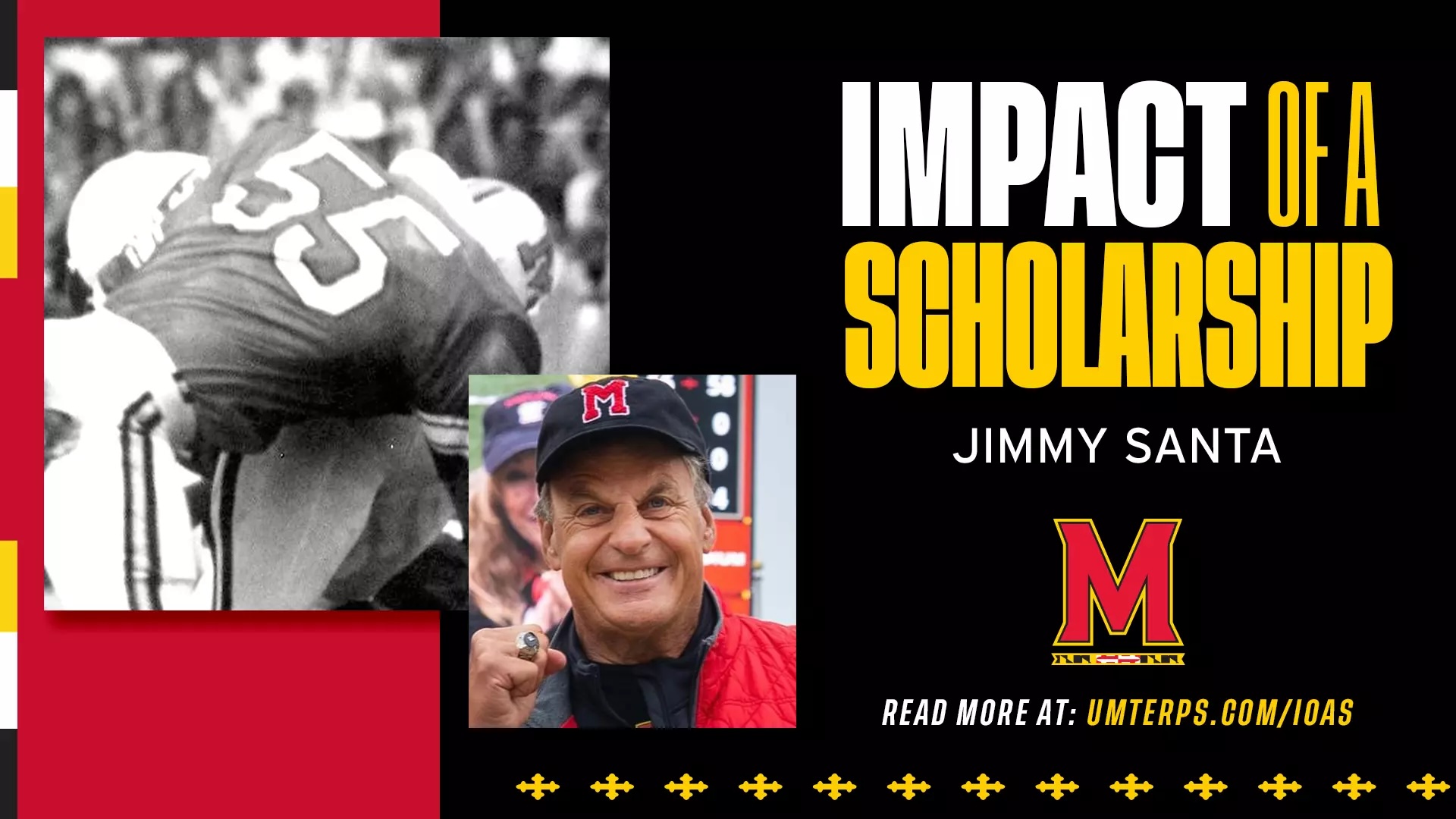
This news story is reposted with permission from Maryland Athletics and is written by Doug Dull.
Former Terp linebacker... Musician... Championship boxing referee... Proud Smith School alumnus... Hall of Famer... Boundless enthusiasm...
Meet Jimmy Santa.
Number 55 played on some of Maryland’s best teams in the early 1970s. But that hardly tells the tale of his life – a unique story that has taken him from high-level college football to the highest levels of championship boxing.
Born to Irene and Daniel Santarsiero in October 1953, Jimmy was four when his father legally changed the family name to Santa.
His father owned a Chevrolet dealership and partly used the new name for marketing purposes.
“He put a big Santa Claus on the top of his building,” said Jimmy. “He felt that was a really good way of marketing. He thought it was better for the kids, you know stereotypes back then.”
His wife Sylvia was born on Christmas Day in a resounding bit of irony.
“Yeah, she had to marry me.”

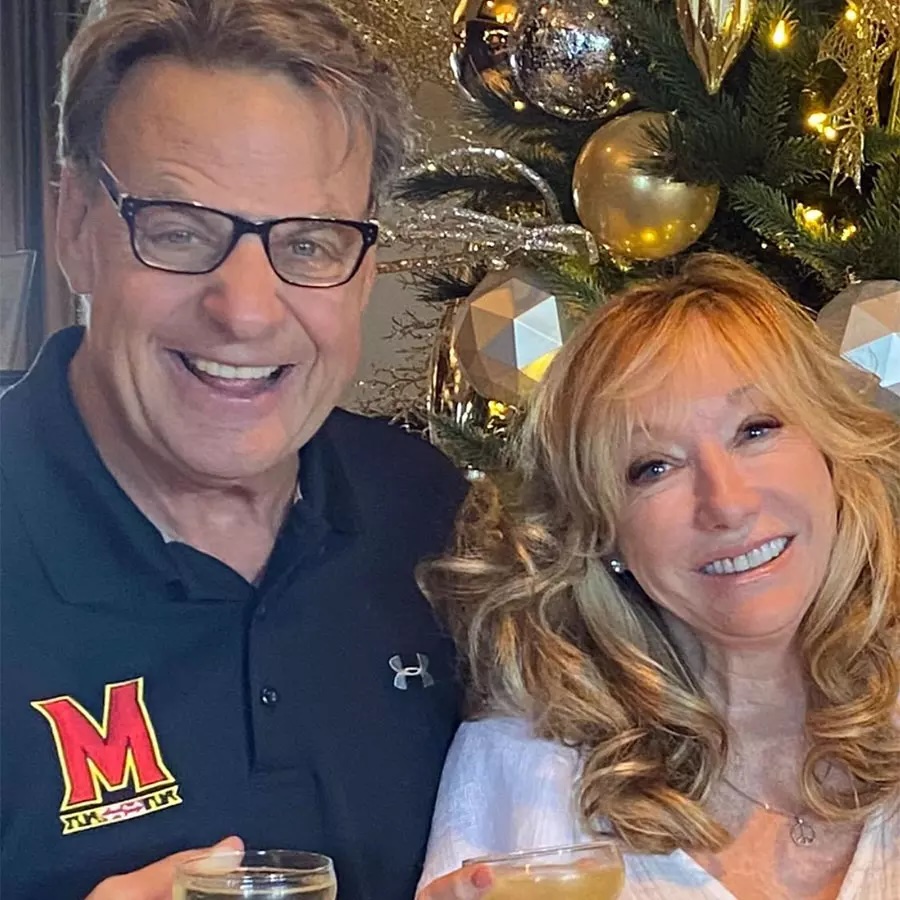
I had about 10 credits left. I was in Rye, working in a bar. I just got cut from the Giants, and Claiborne calls me up and said, ‘Jim, you’ll never be a pro. I’ll pay for your fifth year if you come back to Maryland.’
I mean, that was unbelievable. That’s why I just donated to an endowment. … If it wasn’t for him, I would have been driving a truck. I never would have gotten a degree.
Santa participated in football, track and basketball at Rye High School. But his athletic future was in football, and he caught the eye of then-Maryland assistant coach Ralph Friedgen, a native of Harrison, N.Y.
Friedgen was scouting the Rye-Harrison game, one of the state’s most famous rivalries.
“So Ralph was actually recruiting a football player from Harrison,” said Santa. “It was the best game I ever played. And Ralph said, forget that guy from Harrison, who’s the guy from Rye. And that’s how I got to Maryland.
“Ralph really changed my life by that one thing, saying let’s recruit this guy.”
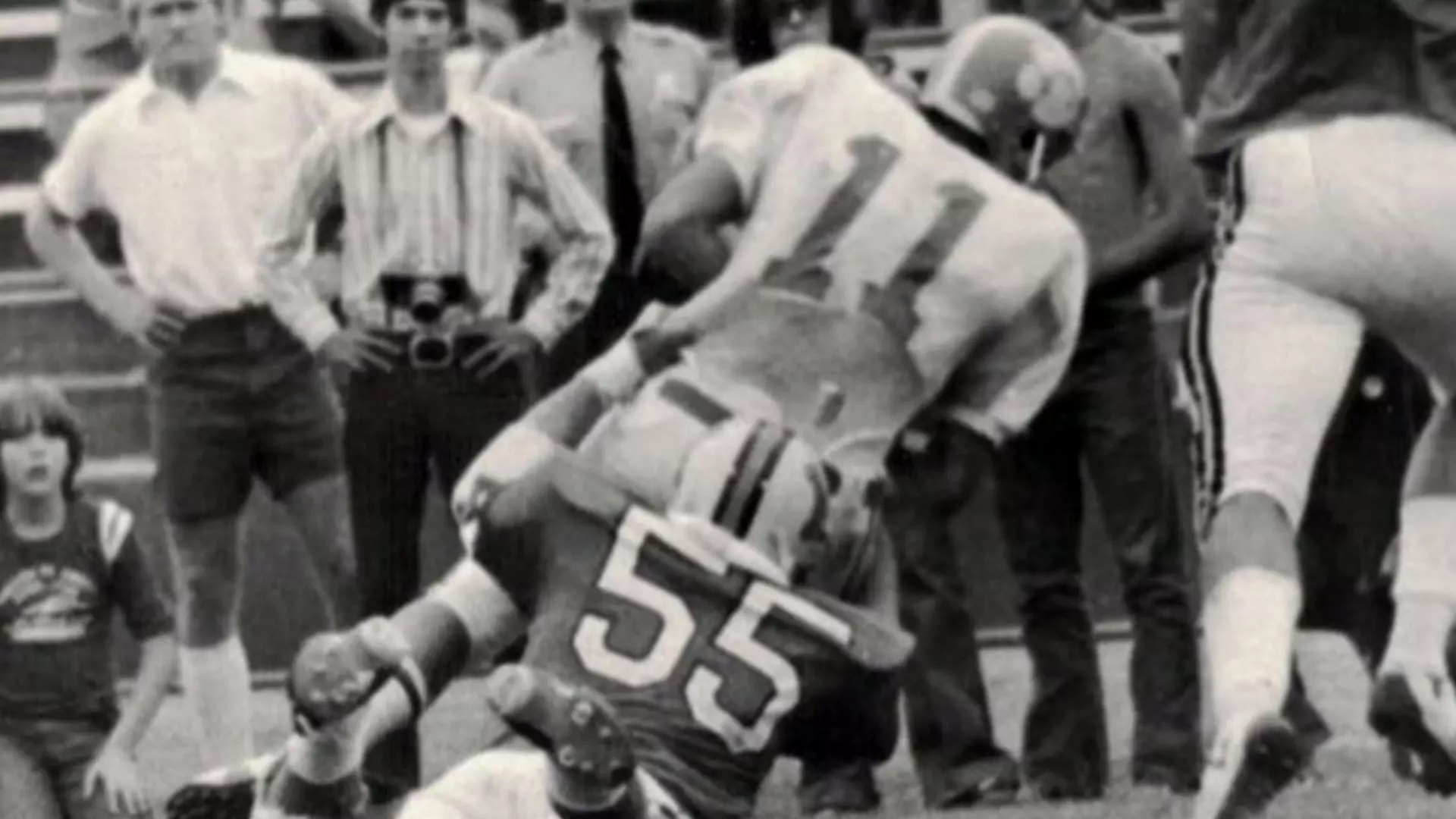
Santa’s freshman year in 1971 was Roy Lester’s last as head coach, as the team was 2-9. The following season, he played linebacker on Jerry Claiborne’s first Maryland team. But Santa suffered a season-ending knee injury against Duke late in the season.
Santa was injured on a sweep when the Duke quarterback was involved in blocking. Years later, he was reunited with quarterback Mark Johnson in a New York Times story detailing the one play that changed his life.
“We have a unique group that, by living together, made us closer,” Santa says of his teammates. “We call it the ‘Band of Brothers.’
“I really attribute that for us all living together. We fought each other, we went out with each other, we had fun with each other, we got in trouble all together. But we have a great group of guys.”
Two seasons later, Santa was starting on an 8-4 team that would play Tennessee in the Liberty Bowl, win the Atlantic Coast Conference championship and finish 13th in the national rankings.
“There are some great statistics from that senior class,” he says. “We had 11 guys drafted and had six free agents. We had 17 pros that year.”
One of many Terrapins who made the Pro Football Writers All-Rookie Team that year was Hall of Famer Randy White.
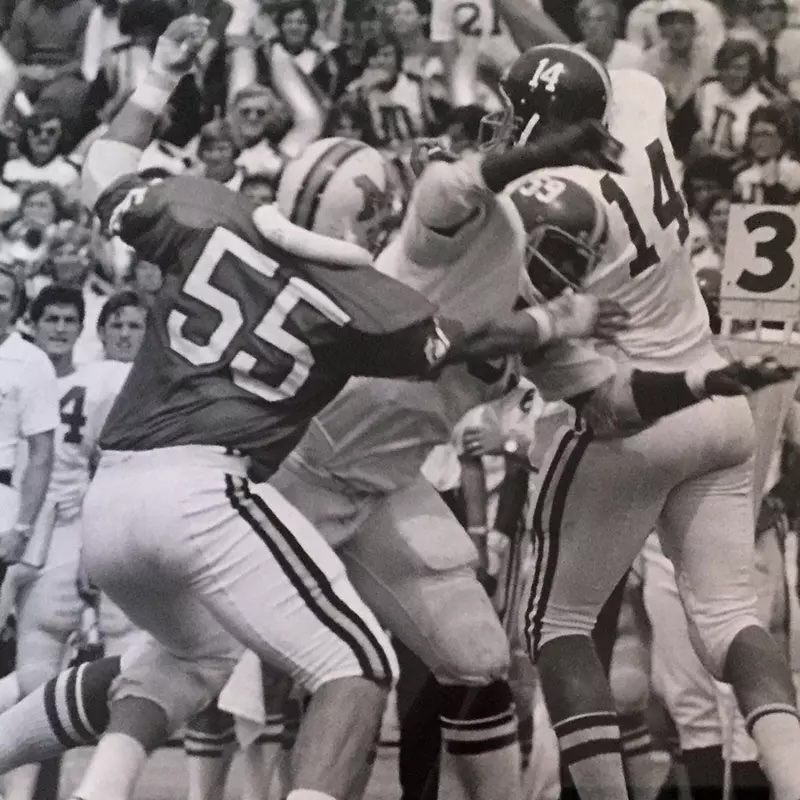
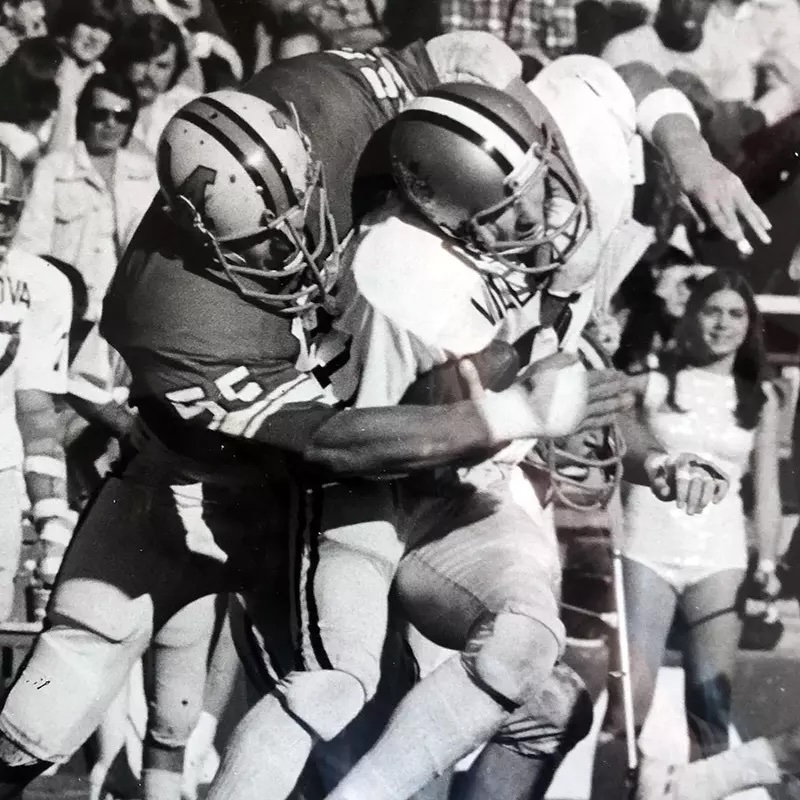
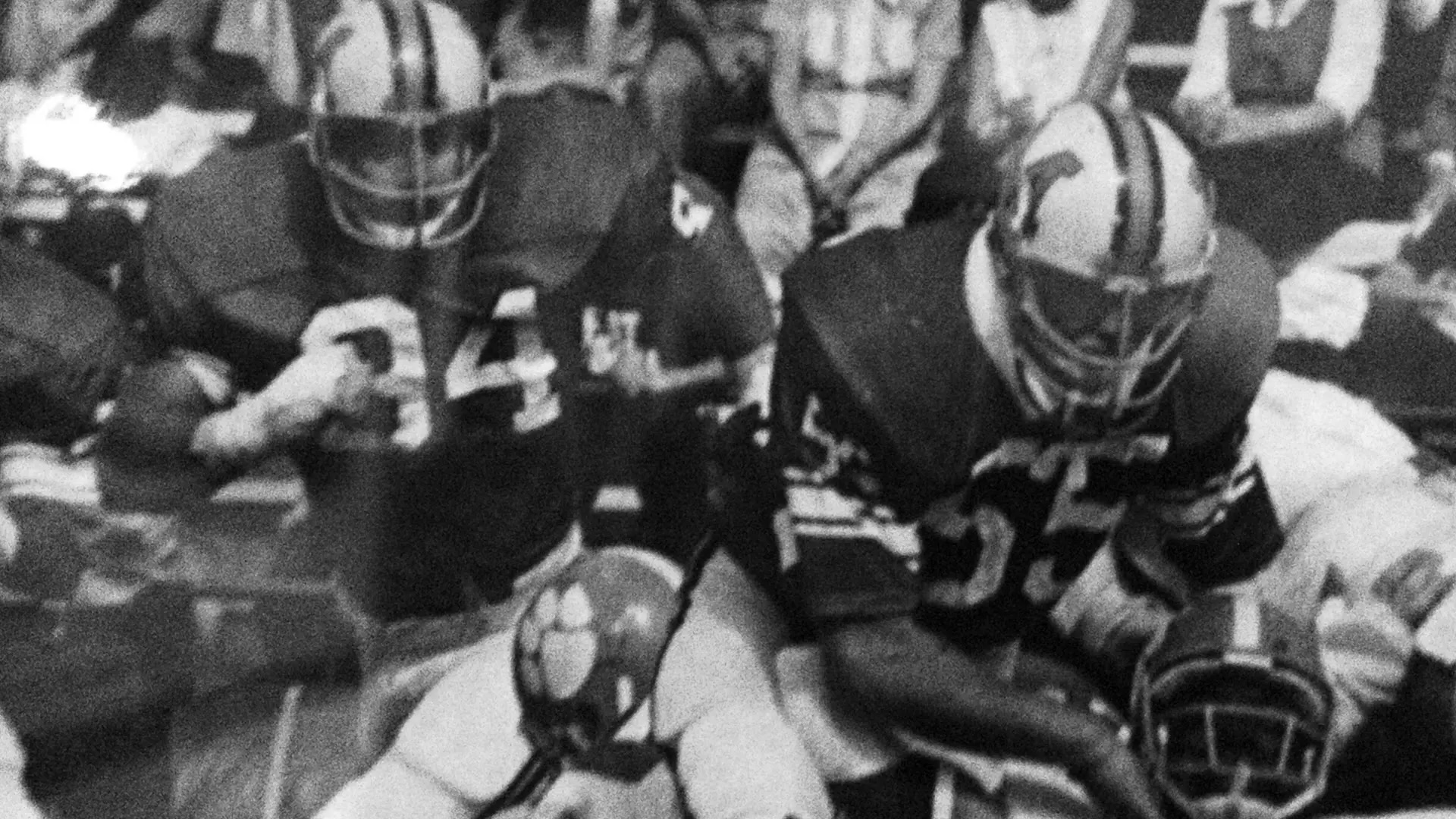
I felt that Maryland was a perfect spot. It was south to the northerners and north to some others. It was a great melting pot.
Santa was one of the free agents who ended up in an NFL training camp, but the New York Giants cut him in preseason.
“I had about 10 credits left,” Santa recalls. “I was in Rye, working in a bar. I just got cut from the Giants, and Claiborne calls me up and said, ‘Jim, you’ll never be a pro. I’ll pay for your fifth year if you come back to Maryland.’
“I mean, that was unbelievable. That’s why I just donated to an endowment. … If it wasn’t for him, I would have been driving a truck. I never would have gotten a degree.”
Santa went on to earn his business degree and eventually spent 37 years as a key account manager for Givaudan, the largest food flavor company in the world.
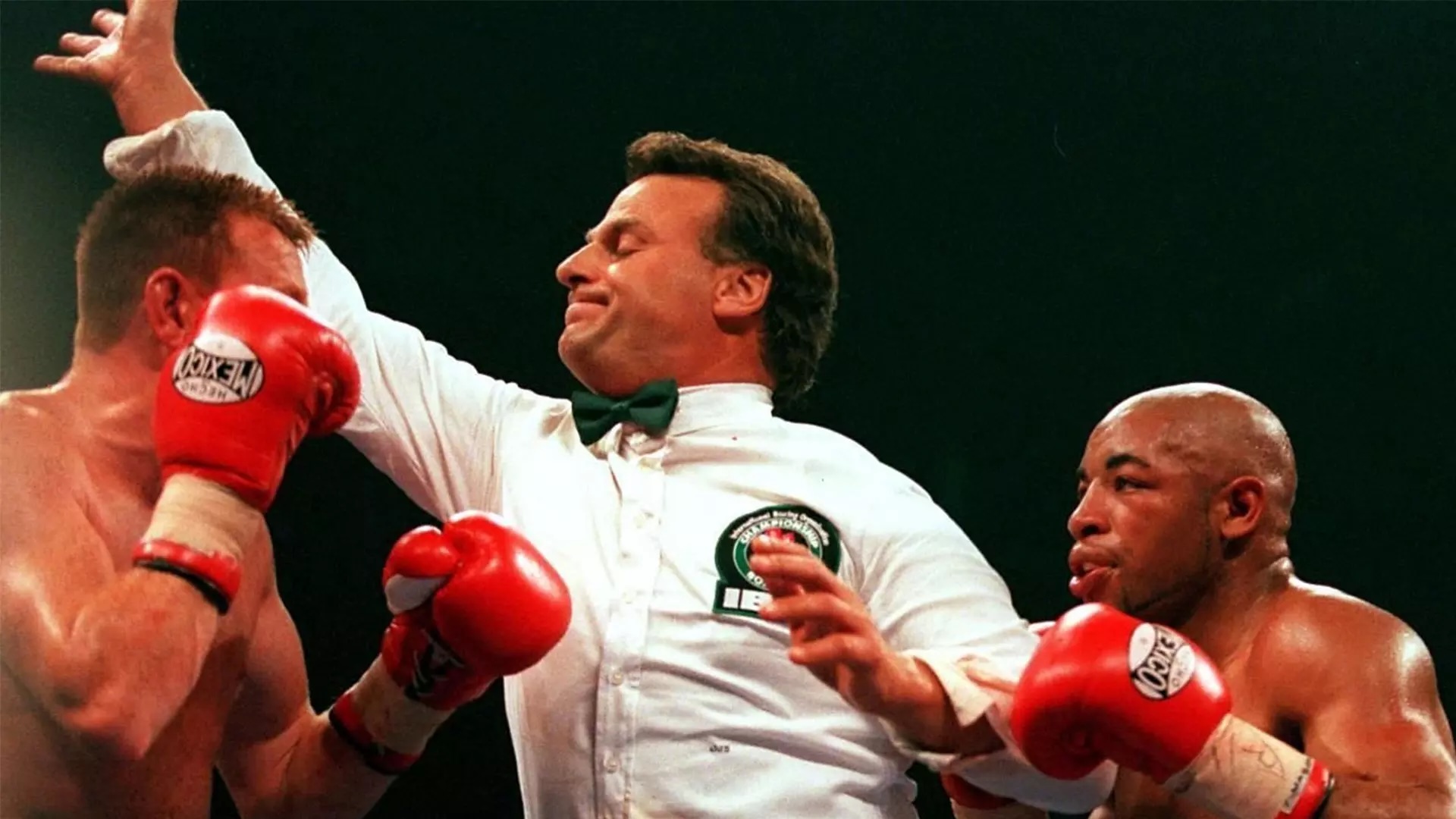
But that was not the only path his life would take.
During that fifth year at Maryland, Santa was a graduate assistant for the freshman football team and worked as a bodyguard.
“So part-time, we worked security,” he says. “They got 20 Maryland football players who worked at the old Capital Centre. They picked me and another guy to work just with Muhammad Ali. I had him 12 hours every day from 8 p.m. to 8 a.m.”
Ali was training for a fight at the arena against Jimmy Young.
“It was just the wildest thing. He was a tremendous man, a really great guy.”
Santa sat ringside for the fight and was assigned to provide security for famed broadcaster Howard Cosell.
“I was just so enamored by the sport,” he said. “It was just the excitement and adrenaline.”
Ali suggested that Santa consider stepping into the ring as a referee.
“He said, ‘You’d be a good referee.’ So I moved back to New York and met a guy who said he’d get me started.
“I started from the bottom and worked my way up over 30 years. I started doing the $50 fights. It was like the scene from ‘Rocky.’ … The smoke-filled room, the little tiny gyms, and I worked my way up.
“I wanted to be in the ring, but I didn’t want to get my head bashed in.”
Like many involved in boxing, any time the schedule hits the World’s Most Famous Arena, it’s a memorable experience. Santa is no different.
“I’ve been on the football field with 60,000 people cheering, and you’re running out,” he says. “But when they dim the lights in Madison Square Garden, and there are 15,000 people, you look around, and there’s Trump, there’s LeRoy Nieman, there’s Jay-Z... And you are the focus of attention.
“The first time Michael Buffer said, ‘Let’s get ready to rumble,’ I was this close to fainting. Hair was standing up on the back of my neck.
“And then I said to myself, if I faint, I’ll be on every highlight reel forever. I got through it. I think it was a Roy Jones fight.”
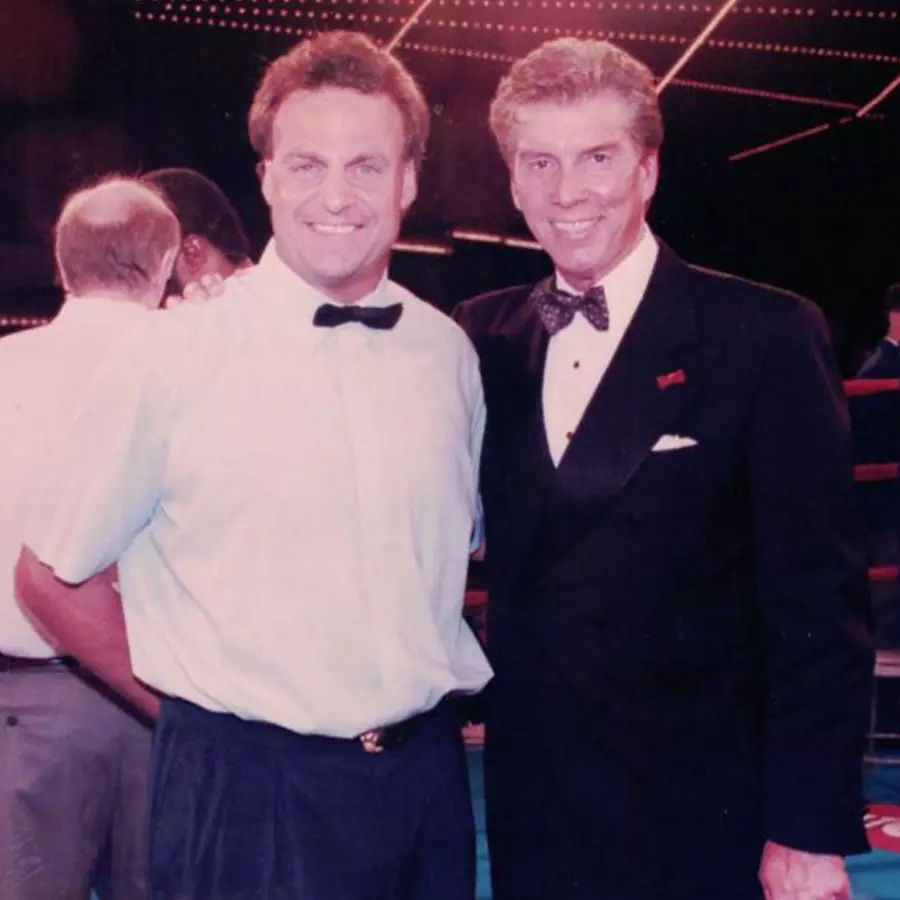
That was not Santa’s only world-class assignment in a career that spanned more than 40 years and 350 fights.
“I was on a run there from about 1995 to 2005,” he says. “I was doing some major fights... Riddick Bowe, Buster Douglas, Larry Holmes, Pernell Whitaker. I did championship fights. We did fights in Copenhagen, we did fights in England. It wasn’t a full-time job, but it was a chance to meet people from all over the world.”
Santa says one of his acquaintances in boxing was a crossover from his football days.
“I met (former broadcaster) Jim Lampley at the 1974 Liberty Bowl,” says Santa. “It was his first big TV thing, and he never forgot that. So he always said in a fight, I’d have that Jimmy Santa played football with Randy White. He always gave me great kudos, if I deserved them or not. He was a great guy.”
And what makes a great boxing referee?
“Here’s the interesting thing. When you watch football on TV and see those seven referees on the field, they have videotape, they can have a little conference, they can call New York. But a boxing referee is one guy.
“I used to say that being a linebacker is controlled mayhem,” he says. “And being in the ring is controlled mayhem.
“With a boxing referee, the one key thing is when to stop the fight. If you stop it too soon, you could ruin a guy’s career. If you stop it too late, someone gets really hurt.”
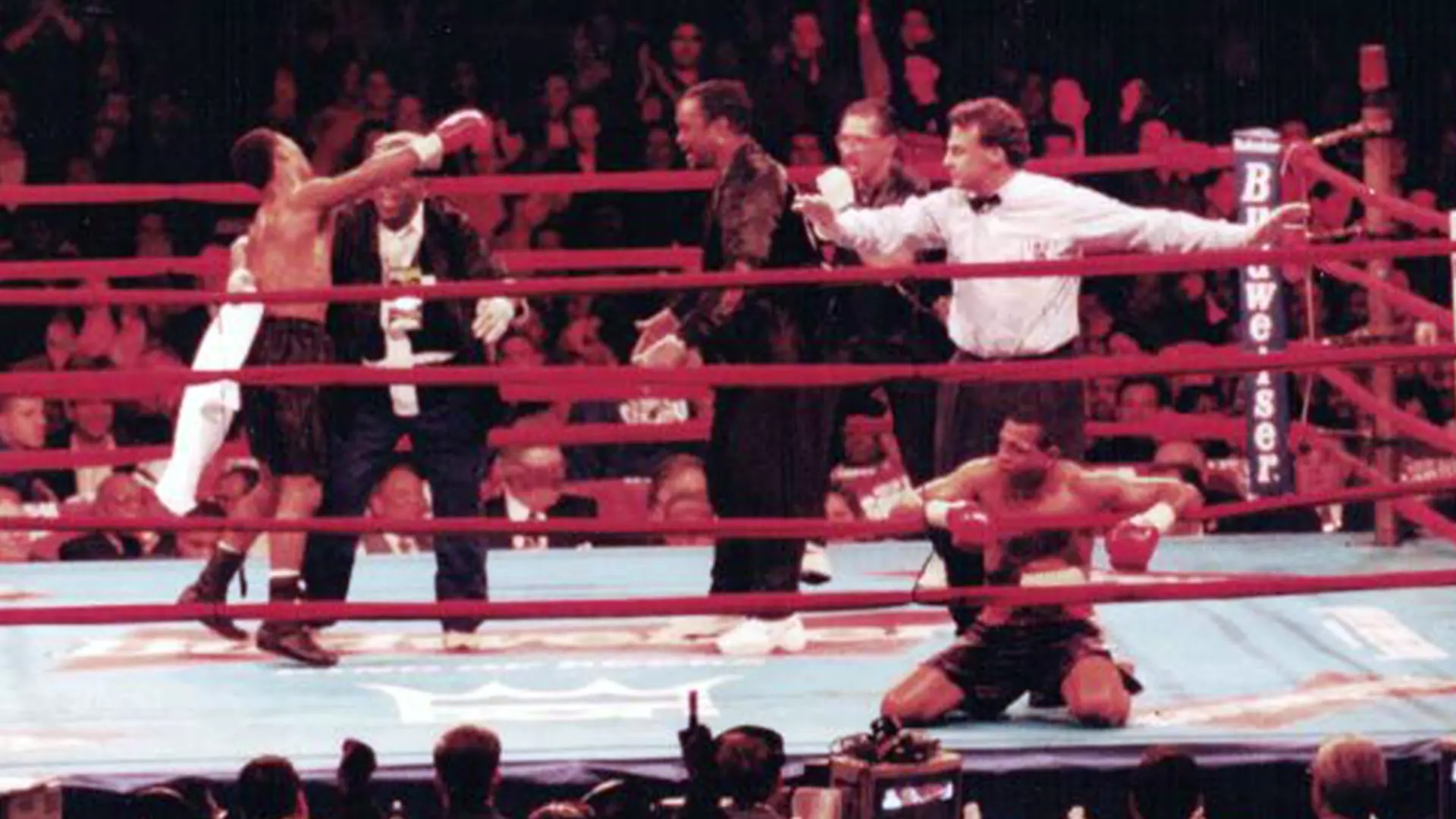
Santa says there are actually two referees at a boxing match — one in the ring and a “knockdown referee” on the side who tracks the 10 count to end a bout.
“I’ve seen two guys in the ring pass,” he remembers. “They weren’t my fights, thank God, but I was ringside.
“I’m proud of the fact no one ever got seriously injured when I was a referee, and I did over 300 fights.”
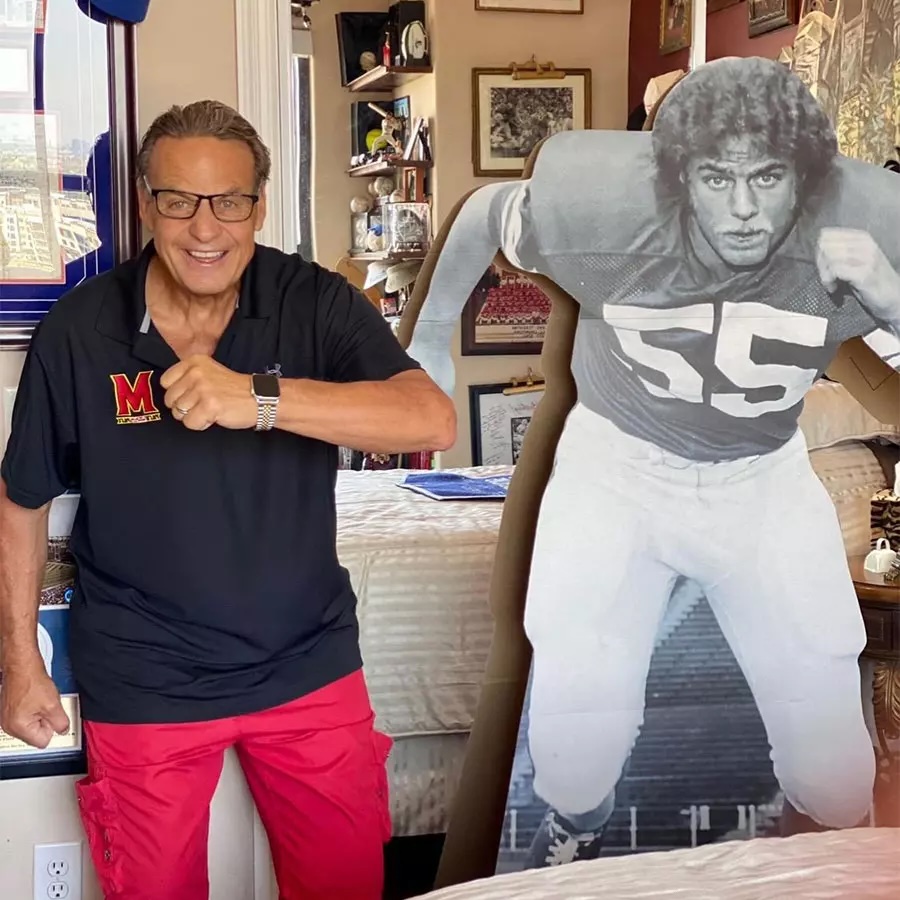
Santa, a member of the National Jewish Sports Hall of Fame, hung up his bowtie and retired from boxing in 2018. He is also an accomplished musician, playing piano, accordion, harmonica and guitar. In November 2025, Santa will be inducted into the Westchester County Sports Hall of Fame. He joins fellow Terp Friedgen, who was inducted in 2014.
Looking back on his Maryland days gives him a big source of pride.
“I felt that Maryland was a perfect spot,” he says. “It was south to the northerners and north to some others. It was a great melting pot. We had guys from Jersey, Virginia, Pennsylvania, South Carolina. It was right in the middle there.
“I’m very proud of the school and the way it’s grown. The stadium is beautiful.
“I had my 70th birthday party at the facility. It was a reunion thing. That Friday night, we went into the new locker rooms. Oh my, compared to what we had...”
Media Contact
Greg Muraski
Media Relations Manager
301-405-5283
301-892-0973 Mobile
gmuraski@umd.edu
About the University of Maryland's Robert H. Smith School of Business
The Robert H. Smith School of Business is an internationally recognized leader in management education and research. One of 12 colleges and schools at the University of Maryland, College Park, the Smith School offers undergraduate, full-time and flex MBA, executive MBA, online MBA, business master’s, PhD and executive education programs, as well as outreach services to the corporate community. The school offers its degree, custom and certification programs in learning locations in North America and Asia.